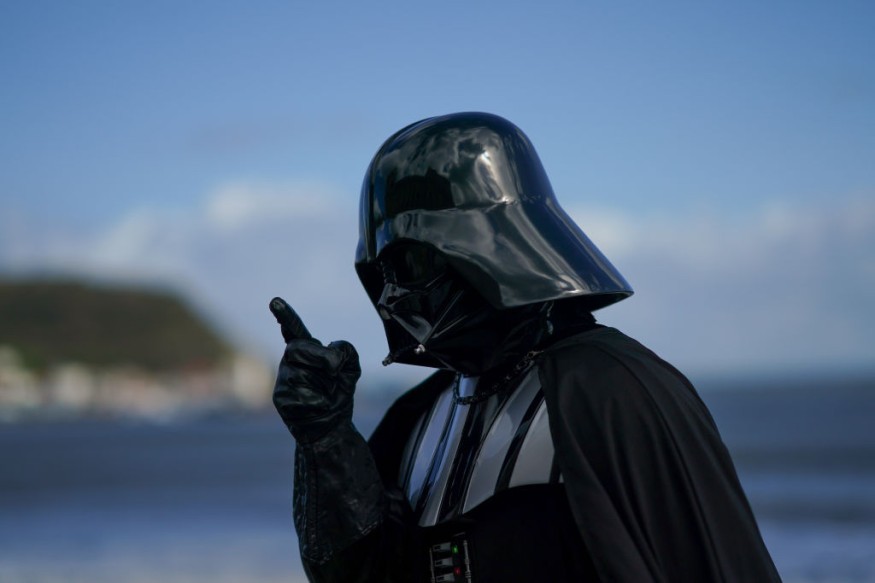Darth Vader from the "Star Wars" franchise will probably meet his look-alike after a study led by scientists from Taiwan found a new species that resembles the image of the Sith, an ancient order and the main antagonists in the franchise. The species has been nicknamed "vanilla Vader" by Live Science and scientists call it Bathynomus yucatanensis.
The creamy yellow colossal marine animal hails from the Genus Bathynomus, Order crustaceans, and Phylum Anthropoda, which includes other species like woodlouse and other isopod crustaceans. The identification of the new species was not easy. In fact, it took another five years for researchers to realize that the specimen caught in Mexico back in 2017 was nothing ever seen before.
The B. yucatanensis was thought to be the giant isopod (Bathynomus giganteus) due to their physiological and morphological similarities. However, the Taiwan-based researchers engaged in DNA and genetic method to find out the disparity. With this, the new species' name was updated and the update was published in a new study this month.
Bathynomus species are rare seen by people, at least by those on the surface since the giant crustaceans are known to dwell and scavenge in the deep ocean. Sometimes called the "Darth Vader of the Seas," the heads of the weird-looking creatures resemble the helmet of the Star Wars villain.
Bathynomus Yucatanensis

In the new paper published online in the Journal of Natural History on Wednesday, August 10, researchers from the University of Tainan confirmed the vanilla Vader as a new addition to the list of members in the Bathynomus species
The acquisition of B. yucatanensis came from a baited cage trap placed around 2,000 feet to 2,600 feet (600 to 800 meters) below sea level. The specimen was then kept at the Enoshima Aquarium in Japan under the assumption it was the giant isopod.
The research team arrived at their conclusion that the Darth Vader-like animal had different genes with B. giganteus
Darth Vader of the Seas
The paper's lead author, Huang Ming-Chih, an associate professor at the Taiwanese university, told Live Science that the Gulf of Mexico's ecological diversity or biodiversity turned out to be more complex than previously thought.
While B. yucatanensis species is not the first members of the 'Darth Vader of the Seas,' it is the largest amongst all of them since it is over 10 inches (26 centimeters) long. The creature is also 2,500% larger than common roly polies or woodlice (Oninscus asellus), as summarized by the science news website.
Giant Isopods
In reference to vanilla Vader and its similarity to the giant isopod, the team believes they share a common ancestor, which likely dates back to dozens or hundreds of millions of years ago.
B. giganteus also lives in the ocean's darkest depths, where it scavenges on fish carcasses and other debris that fall from the ocean surface, according to the Monterey Bay Aquarium.
A cousin of crabs and shrimps, giant isopods have no spine but can grow up to 16 inches.
© 2025 NatureWorldNews.com All rights reserved. Do not reproduce without permission.





